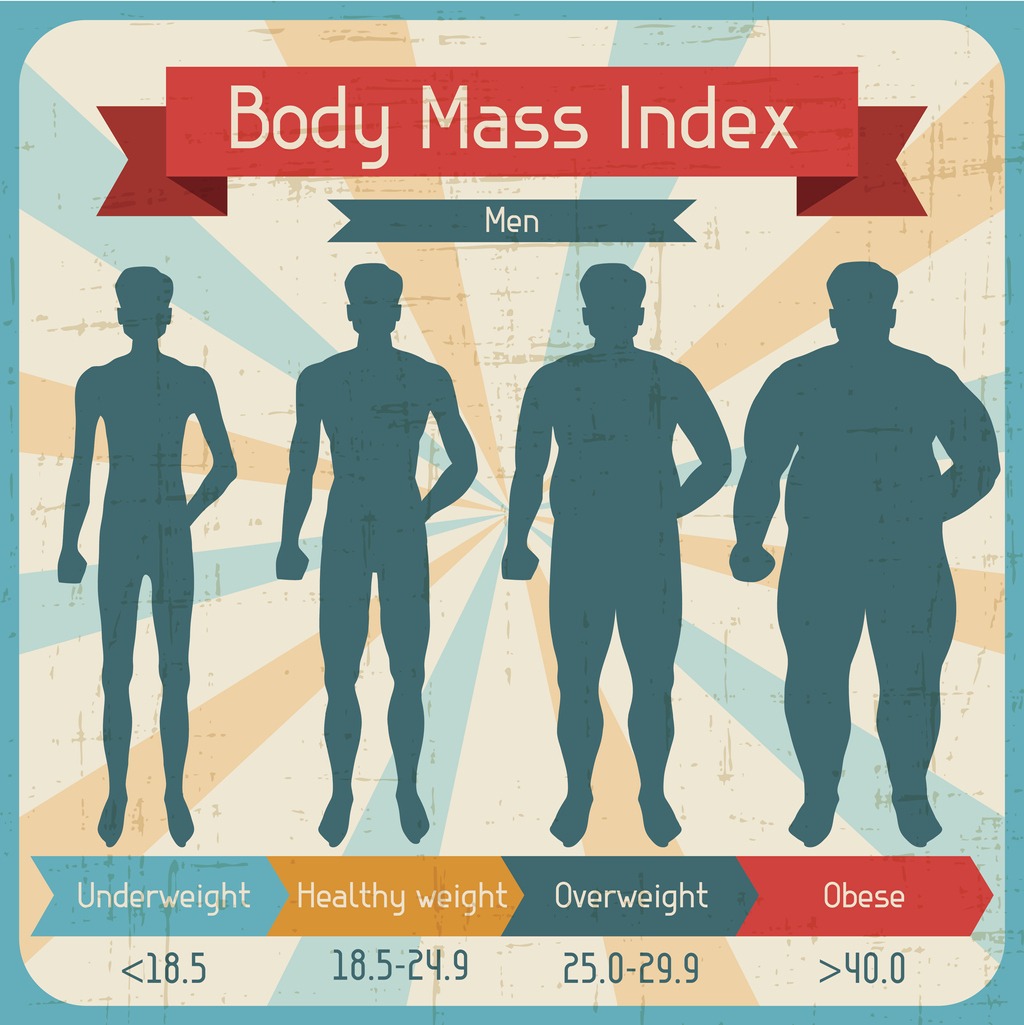Obesity is considered a disease since excess weight poses severe health problems. An obese person is at risk for diabetes, hypertension and heart disease, among other physical complications.
It is defined as a medical condition, which is characterized by the accumulation of fat in the body, an increase in mass to the point that it can be detrimental to the health of the individual, can have multiple causes, whether genetic, environmental and psychological. This means that obesity is not only associated with the intake of food in large quantities. It can affect both men and women of any race, nationality or social status.
According to the World Health Organization (WHO), an adult is overweight when his Body Mass Index (BMI) is above 25 kg / m2, and obese when his BMI is above 30 kg / m2. The BMI, originally Quetelet index, devised by Belgian astronomer Adolphe Quetelet from 1830 to 1850, then rescued by Ancel Keys in 1972, has the best correlation with the body fat percentage.
So, a quick and easy way to detect whether you are overweight or obese, in addition to jumping to the naked eye, of course, is to make a simple calculation that determines your BMI, which is obtained by dividing your weight (in kg) by the square of your height (in meters).
It can be defined with sufficient accuracy, that an adult person has a normal weight when BMI is between 18.5 and 24.9 kg / m2, overweight when between 25 to 29.9 kg / m2, and obese when 30 kg / m2 or more. Some experts say more than 40 kg / m2 is morbid obesity.
| Category | Body mass index (BMI) | Risk of other diseases |
|---|---|---|
| Under weight | <18.5 | Medium |
| Normal weight | 18.5-24.99 | Low |
| Overweight | 25-29.99 | Rather high |
| Grade I obesity | 30 to 34.99 | High |
| Grade II Obesity | 35 to 39.99 | High |
| Grade III obesity (extreme, morbid) | 40 and above | Very high |
Obesity and overweight increase the risk of cardiovascular disease or metabolic. In order to estimate the individual risk, along with the weight, it is also necessary to determine the pattern of fat distribution.
A simple measure is the estimation of belly fat by the waist circumference. In a waist circumference of more than 80 cm in women and more than 94 centimeters in men, the risk of other diseases increases. In a circumference of more than 88 cm in women or greater than 102 cm in men, android obesity (also known as central or apple-shaped obesity) is presented with a clearly elevated risk of cardiovascular and metabolic diseases.
Types of obesity
– Exogenous, caused by the habits of the individual, especially for overeating and lack of physical activity.
– Endogenous obesity is the result of endocrine or pathological problems (Cushing’s syndrome, insulinoma, among others).
– Android obesity is characterized by excess fat in the abdomen. With this type of obesity, the body takes the form of a block. Men more likely suffer it than women, although there are exceptions.
– Gynoid obesity is identified by excess fat in the lower body. The body adopts pear-shaped, being more common in women than men.
– Hyperplastic, characterized by the increase in the number of adipose cells.
– Hypertrophic, when there is dysregulated adipose cell expansion (the volume of fat cells get bigger).
Childhood obesity
Childhood obesity is one of the most serious problems of the XXI century, which is due to excess consumption of food the child’s body needs for activity and growth. The extra calories are stored in fat cells for later use.
Formerly, families and friends, see the chubby boy was synonymous with strong and in good health. This idea has been rejected by experts indicating that a healthy child is not relevant to be skinny or fat.
It should be noted that BMI is not calculated in the same way for children and adolescents, for whom there are special tables that allow to estimate it correctly. Please consult your pediatrician.
Impacts on health
Many years ago, fat was a symbol of beauty, status and even there was a belief that overweight is healthy and forever and ever lived. However, with the advancement of science and medicine it was concluded that obese people have no life of a glowing health; on the contrary, turn out to be much more prone to other diseases, in parallel with obesity, such as cardiovascular disease (stroke, myocardial infarction, angina pectoris, peripheral arterial disease, varicose veins), type 2 diabetes, insulin resistance, sleep apnea, osteoarthritis, hypertension, among others. These changes not only perpetuate the inflammatory mechanisms that characterize obesity but are associated with serious consequences, among which the poorer quality of life and high costs that are generated by the health system.
Impacts in society
In many countries, obesity is a public health problem that has already become an epidemic, given a large number of cases reported by health institutions. One reason lies in the pace of modern life, which leads people to become sedentary and feed on the unhealthy way.
The disease, thus also a social stigma. Those who suffer from obesity, both genres, are often subjected to countless jokes and derogatory and malicious nicknames, that society itself periodically renewed for convenient enjoyment by heartless aggressors. Does anyone believe, really, that an obese person enjoys being called “fat”? Where is the consideration for others when making a comment mockingly to someone suffering from a disease?
It is known that generalizations should not be taken as a reference when making a study of any kind, but not without reason there is a supposed link between the lack of self-confidence and obesity or any disorder that affects the appearance physical of a person.

